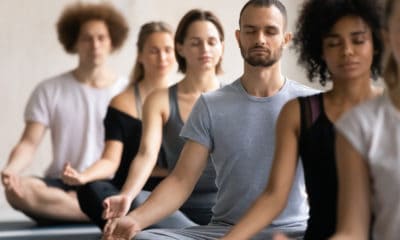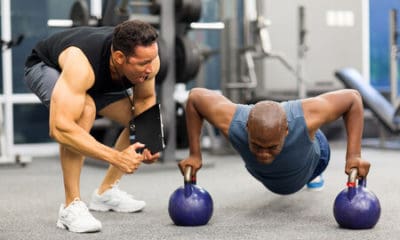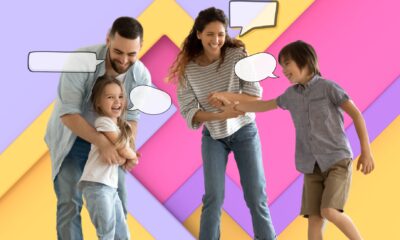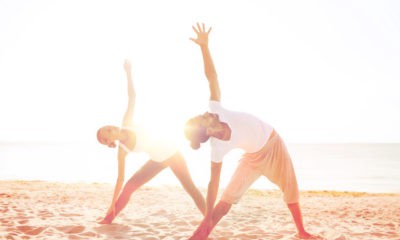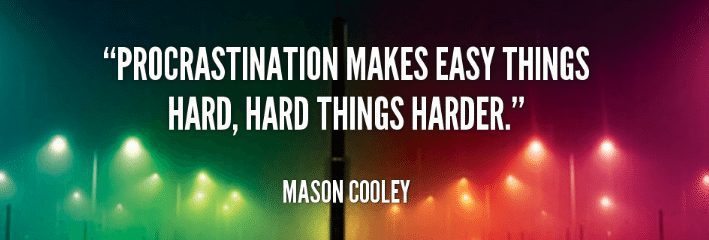3 Things to Recognize About Your Pandemic Bubble
The phrase ‘pandemic bubble’ shouldn’t be unfamiliar to any of us at this point.
We have been hearing it for months now.
However, what it means seems to be up for interpretation.
Your bubble should comprise a few people who live outside of your house.
This raises questions, though.
Are you safe if you choose to interact with people outside of your household versus staying at home?
How many people should be in your bubble?
If you decide to take part in a bubble, what things do you need to consider?
Back in March, when we were all learning about the dangers of COVID, there was so much misinformation and unknowns, it was hard to come up with a plan.
Then the governor of my state ordered businesses to close, and I soon found myself furloughed.
The ‘stay at home’ order that accompanied this recreated the sense of unease that I had felt trying to shop for essentials at the near-empty store.
We adapted and shopped online and had things delivered.
Not so much because I was afraid to go to the store, but because it was imperative to keep the grocery store workers as safe as we could.
I understood that our actions would help to keep others safe, and that is what mattered.
My sisters both live within 10 minutes of me.
We are the type of sisters who have a big get together on the weekend and have dinner and play games every week.
We ran errands with each other, watched new episodes of Supernatural, and stopped by each other’s houses just to hang out in between picking up the children.
All of this changed in March, and it was so difficult.
We went for three months without seeing one another.
We spoke on the phone daily and created a group Facebook chat, but it was not the same.
As sad as we were, none of us wanted to get the others sick, or worse, get each other’s children sick.
A pandemic bubble isn’t something we considered until months later, as we learned more details about COVID-19.
Having a pandemic bubble versus staying home
There were some pleasant moments while we were under the stay at home order.
Instantly, my busy family of four could spend all kinds of time with one another.
I wasn’t at work; my husband could work from home, there were no extracurricular activities; hell, at one point, there was no school!
The children couldn’t have sleepovers or hang out with their friends.
I’m a mom of a 17-year-old popular teenager.
She danced on the dance team, worked a part-time job, and was always going somewhere.
I saw her more in those three months than I had the last year.
We all would walk around the lake near our house almost daily; the dogs thought this was the best development ever.
We instituted a nightly movie night, and she laid in my lap and snuggled.
Part of me felt that I would be ok if the world stayed this way.
Toward the end, it seemed a little less idyllic.
Working from home with children who have been cooped up in the house for months is not fun.
The dogs believed we had nothing else to do than constantly refill their bowls or pet them.
The need for adult interaction with someone other than my spouse, who I saw all the time now, was a real thing.
Despite all of this, I still felt lucky because I realized others were suffering.
My few single friends seemed to lose their minds.
I thought how bored and lonely I would be if I had spent three months in the house with just the dogs.
Only talking to people on the phone and waving at the Instacart delivery person from the living room window.
I’m a Leo and a social creature, and that sounded like hell.
How much longer could these people survive isolation?
That’s when mental health experts started saying that we needed to have the children return to school because depression and anxiety were on the rise amongst the children.
These rates were rising for adults, too.
The CDC currently recommends Americans: Wear a mask, stay at least 6 feet apart, avoid crowds, and wash your hands often.
The more steps you take, the more you are protected against COVID-19.
They have relaxed the recommendation for everyone to stay in their house and isolate.
I know I am thankful to have a pandemic bubble.
I don’t hang out with everyone I want to, but I get to see other people I care about.
Weekly dinner and game night is back on with my siblings.
It just looks a little different: we wear masks, or we have all the windows open.
The fan is going to circulate the air.
We take breaks and go outside.
Hand sanitizer is everywhere.
We feel like we are trying.
The teenager is back in school, and we allow her to spend time with her three closest friends because she sees them at school all day, anywhere.
According to a recent U.K. study, “social bubbles can be an effective way of extending contacts beyond the household, limiting the increase in epidemic risk if managed appropriately.”
If you limit yourself to a small social bubble versus hanging out with everyone you know, it can also make contact tracing easier to accomplish.
It is good for people’s mental health to have social experiences, but some factors need to be considered before participating in a bubble.
How many people should be in your pandemic bubble?
The CDC doesn’t restrict the number of people you should include in your bubble, although other countries have instituted guidelines.
For example, in England, “single adults living alone – or single parents whose children are under 18 – can form a bubble with one other household of any size.”
Wales has a similar restriction, “two households of any size can form an exclusive bubble and meet in their own homes and gardens.
People in the same bubble can stay in each other’s homes overnight.”
Dr. Jack O’Horo, an infectious disease specialist, says, “My rule of thumb is you should be able to draw a map around it and have some idea of who your first-order exposures are,” “If you’re starting to lose track of that, that’s a good indication the bubble’s too hard for you to manage and too big for you to manage.”
There is no straightforward way to handle any of this in America, and we are left to our logic and devices.
I started seeing my sisters again because the experts assured me it was safe for my children to go back to school.
If she can sit in a class with 25 other kids while wearing a mask, then our families should be able to do the same thing.
It is confusing, and I understand how some of my fellow Americans feel confused about science.
There are more things to consider than just the number of people in your bubble, and that is where it can get a little tricky.
What other factors should you consider when forming a bubble?
Everyone in the bubble should communicate their level of exposure to other people.
One of my sisters works in a group home with six children who are going to school while also raising six foster children in her home, who go to school.
She is exposed (indirectly) to more people than the rest of us.
Whenever any of the children (either hers or the ones at work) have to quarantine at home, we do not get together, even if they don’t have symptoms.
However, she and the children have been limiting themselves to just school and work.
They don’t dine out, gather anywhere else, and are always washing hands and using sanitizer.
The other thing that should be considered when making your bubble is the other members’ health and risk levels.
Everyone in our three households is 40 or younger.
One sister has severe asthma, but she is still going to work every day at a bank.
My son has asthma, but it is mild, and I opted for him to do online learning to avoid school.
But he still needs to interact with children, so I am glad that we get to his cousins once a week.
However, I am cautious whenever someone has a sniffle and will cancel our plans.
We have all been understanding of one another’s boundaries.
We communicate well and follow the guidelines when we are together.
Everything that needs to be disclosed is because we must be respectful of one another’s health needs.
Your bubble should be made of people that you can trust.
We learn more information every day about this virus, and it is essential to remember that guidelines can change.
Adaptability is a skill that each of us had to work on this year.
It feels like it has been one thing after another.
Do what you think is safe and reasonable, communicate with the people in your life, wash your hands, stay six feet apart when possible, and wear a mask.
Stay safe, whether you choose to have a pandemic bubble or go it alone.


